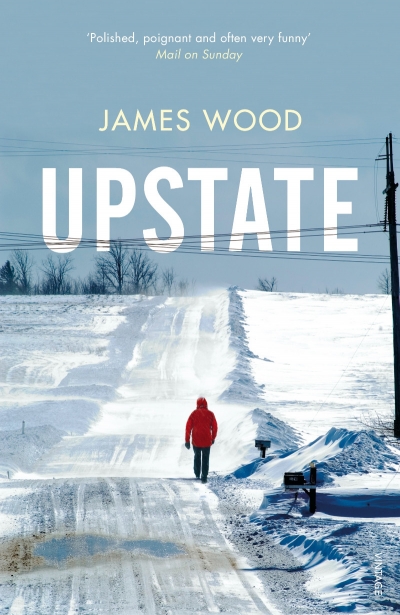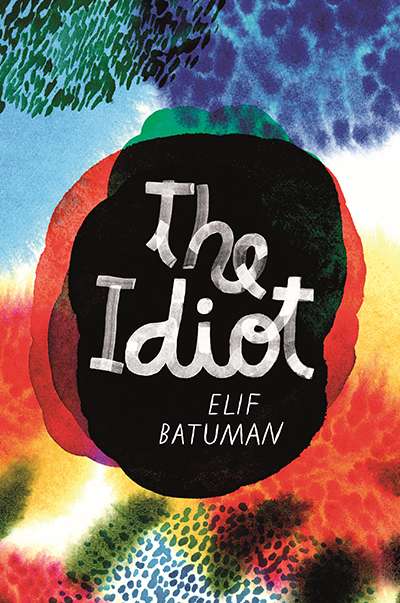In a scholarly study just published by MIT Press (Art as Existence, 2006), Gabriele Guercio considers whether the artist’s monograph is still a viable form, given various recent challenges to artistic and art-historical theory and practice. He concludes that although the monographic model does have a future, it must be reshaped inventively. Freud at Work – devoted to the English painter Lucian Freud – represents one possible approach, combining an illuminating interview with an extensive series of studio photographs taken between 1983 and 2006. The resulting volume may seem rather slight, but when consulted in conjunction with the major books on Freud, especially the 2002 Tate exhibition catalogue, it offers many insights and pleasures. I enjoyed particularly David Dawson’s 2005 photos of the artist in action, stripped to the waist, looking for all the world like Caravaggio’s St Jerome – a suitable alter ego.
...
(read more)









